I originally wrote this post for City School of the Arts Journal, a blog for the proposed arts-based charter middle school I'm currently working to co-found.
*
The City School of the Arts team recently had an opportunity to hear Sir Ken Robinson speak at innovative lower Manhattan school Blue School to celebrate the launch of his new book, "Creative Schools: The Grassroots Revolution That's Transforming Education."
There's a reason why Robinson's 2006 TED talk "How Schools Kill Creativity" has become the most-watched talk in the history of TED, with over 30 million online views and an estimated 300 million total individual viewers worldwide: Robinson points to an urgent crisis facing creativity in our global education system, and his words have struck a powerful chord with people of all ages, professions and backgrounds the world over... including us!
The City School of the Arts co-founding team has been following Robinson's work since well before his talk went viral, and the school model we've designed is our best shot at embodying his vision of what school should be: a thriving, vibrant ecosystem that develops students' love of learning, allows their natural gifts to flourish, and prepares them to face the challenges of the 21st century through work that is relevant, engaging and creative.
In his new book, Robinson debunks four common myths about creativity. Taken together, the flip-sides of these four myths paint a powerful picture of exactly the kind of school the City School of the Arts team is envisioning.

